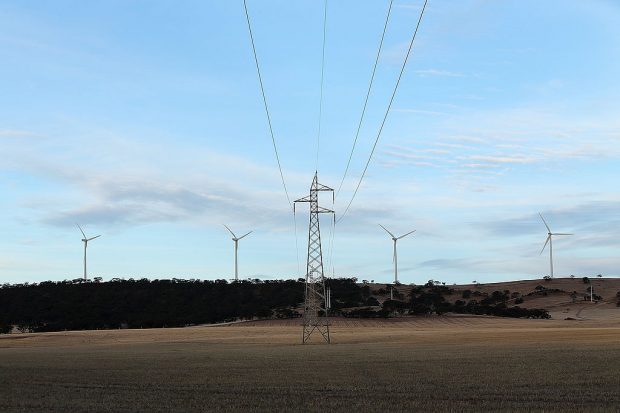 This week the SA Labor Premier, Jay Weatherill, took the lead in the national energy debate, suggesting the creation of an inter-state emissions trading scheme. A belly laugh from the Prime Minister followed. SA was in no position to call any shots: it has the most expensive and least reliable energy in the country.
This week the SA Labor Premier, Jay Weatherill, took the lead in the national energy debate, suggesting the creation of an inter-state emissions trading scheme. A belly laugh from the Prime Minister followed. SA was in no position to call any shots: it has the most expensive and least reliable energy in the country.
How did that come about?
The Australian Labor Party has been the dominant party in South Australia since 1965. It has been in government 1965-68, 1970-80, 1983-1993, and 2002-16 – for thirty seven of the last fifty one years – and has dominated the recent development of the state. It can truly blame the Liberals for nothing.
This political dominance was initially the product of the high level of urbanization and industrialization of SA. This ascendancy has been reinforced by an efficient and widespread organisation, which has produced at least a branch of the ALP in every state electorate that is active to some degree between election campaigns and provides enthusiastic free labour during them. To this should be added a very substantial trade union membership, true, some of which is unenthusiastic.
The membership is, of course, varied in its level of commitment and not at sufficient level to be described as ‘mass’. Nonetheless, it is sufficient to maintain a permanent and functioning presence without, usually anyway, providing much embarrassment by disagreeing with the parliamentary leadership and factional bosses.
Before 1965, Labor was pretty well in permanent opposition. Partly as a result, it was a union dominated party and heavily Left in orientation, by the standards of the day. This contrasted it with, say, the right wing New South Wales branch, which was famously an election-winning machine with an extensive patronage system.
The dominant figures in the Labor party of the pre-1965 era were the Australian Workers Union, with their original base in rural labour including shearing and the railways, and the personalities of Clyde Cameron, later Whitlam’s Labour Minister, and his brother. There were many political disputes within Labor, of course, but while it was in what appeared to be permanent opposition, they didn’t matter too much.
Other mass unions developed in the metropolitan work force including the metal workers (AMWU), carmakers (VBU) and construction workers (various). Alongside these, white collar unions became more important as the service sector developed including clerks, nurses and shop assistants. The public servants and teachers unions grew in numbers but did not join (affiliate with) the ALP though they remained, particularly their officials, important politically.
When Labor started to form governments regularly at both state and Commonwealth level in the early 1970s, differences over policies started to seriously count for something. By the mid-1970s a Left opposition to the dominance of the Cameron and Dunstan leadership started to form. It comprised some Left unions – notably the AMWU – some dissident politicians, and a few political activists from the education/welfare/law sector. This was only a mild irritant to the SA Labor government.
The dominant issues for the Left at that time were economic. The centrepiece was an Alternative Economic Strategy involving more state planning and economic stimulation of a national and SA economy then suffering ‘stagflation’ in the late 1970s.
In 1982 Bob Hawke won government in Canberra and in 1983 John Bannon in Adelaide. One internal result of these victories was the creation of formal factions in the ALP both nationally and within SA.
At the national level the Right faction of Hawke, Keating, Richardson and Robert Ray was dominant. But, in the interests of stable government, the Left faction was also proportionately allocated spoils: ministries, policies – not including economic and military strategy – and resources. Nationally, the two major factions were of more or less equal numbers. In SA, in contrast, the Centre Left became dominant.
The Centre Left was formed in 1983-4, by supporters of Bill Hayden after his replacement by Bob Hawke as Leader and subsequently Prime Minister. Its strongest state was SA where its leadership included Mick Young, Chris Schacht and, in reality, John Bannon. It became effectively the governing faction of the governing party in SA for a decade.
The SA Left retained its minority status but had political parliamentary leadership in Peter Duncan and Nick Bolkus, both federal ministers. But the real growth sector emerged as the Right faction that came to dominate the SA ALP, and through it the SA government, in the twenty first century.
In the 1950s’ great Labor split, a number of Catholic-led unions had left the ALP or been expelled for DLP-ism. In the early 1980s, seeking permanent ALP right wing rule, Hawke got them re-admitted. The most important were the clerks, the ironworkers, electricians and the shop assistants. They all joined the right faction of the ALP nationally and proceeded to establish a Right faction in SA.
The shop assistants union, SDA, is one of the largest in the state and very quickly affiliated a large number of members, effectively providing a strong financial and power base in the ALP. With the support of its national leadership, cunning use of the female quota policy, with very astute negotiations and number manipulation within the SA Party, it was, by the time of the 2002 election, clearly the dominant faction in the SA ALP. By then, the Centre Left faction, which had never been strong in the unions, had effectively dissolved, defeated.
When the Rann Labor government was formed in 2002, the ALP was run by the ‘Machine’, an alliance of Right and Left unions with the SDA clearly the dominant partner. Since retailing was by then one of the few major growth sectors in the SA economy, and the SDA had done very effective deals with employers concerning ‘coverage’, SDA dominance only grew. Voting on policy and candidate selection at party conferences, and on the executive between them, was conducted largely on the basis of numbers of affiliated members.
But under the leadership of the dominant personality in both the Right and SDA, now (again) Senator Don Farrell, it was at first interested in only a narrow band of policies. And these mostly concerned industrial issues – shopping hours included – and Catholic related social matters, like opposing gay marriage (for a while). It was right wing in only that old fashioned sense. In any case, the Left’s Alternative Economic Strategy had been abandoned with the Soviet Union at the end of the Cold War. Globalisation, introduced by Hawke and Keating, had taken hold, and that was fine with SDA.
By then, globalisation was also accepted by the Left. This left plenty of opportunity, nonetheless, for the development of Green Left policy initiatives in other areas often newly of concern to the Left, now jointly powerful in the machine, like global warming. The dominant personalities there had become, with the retirement of Bolkus and Duncan, Mark Butler, now MHR, who convened the Left faction from a union base, Senator Penny Wong, soon to be Minister for Climate Change, and Jay Weatherill state minister in the post 2002 Rann government.
These three were at Adelaide University together in the late 1980s where they, and their generation of supporters, absorbed the newly emerging post-Cold War, Green Left issues of the day. These issues included: global warming, feminism and identity politics, multiculturalism, post-modernism, a human rights agenda, and what we now know as political correctness in its various forms. They took this position to the ALP platform. And there it took hold as policy.
Therein lies part of the origin of SA’s present energy calamity.
Bob Catley, who was a professor and federal Labor MP, now sails quite a lot.
Got something to add? Join the discussion and comment below.
Get 10 issues for just $10
Subscribe to The Spectator Australia today for the next 10 magazine issues, plus full online access, for just $10.

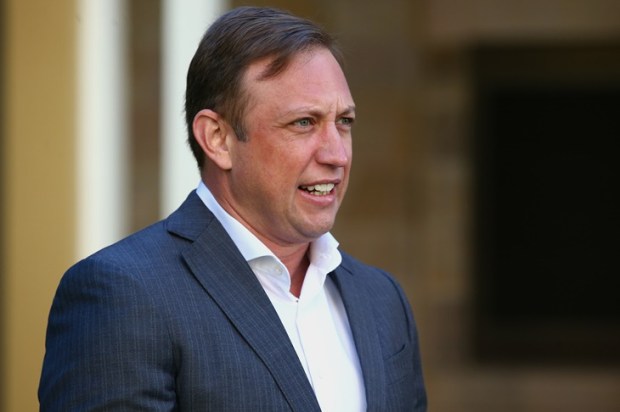
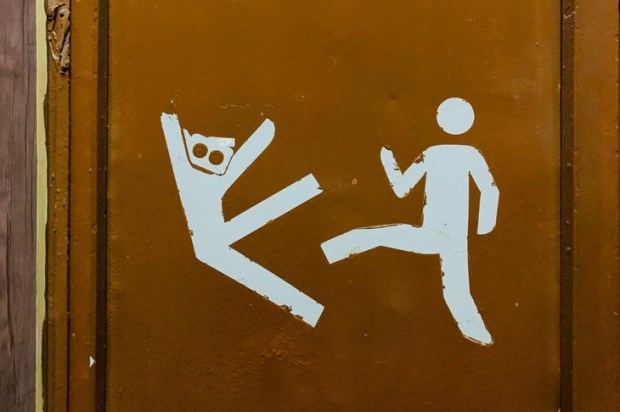
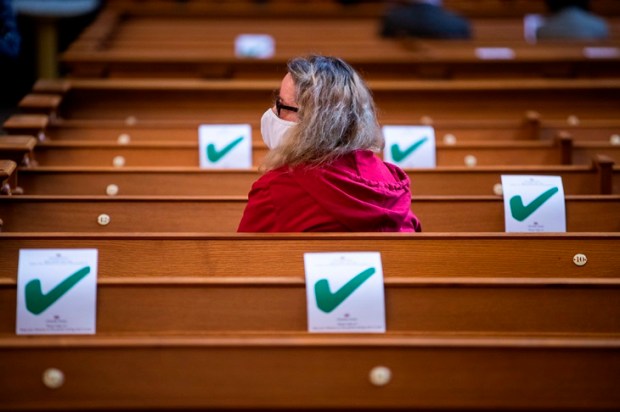


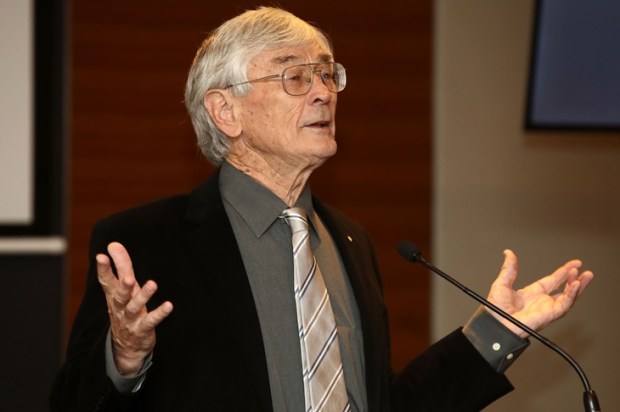


















Comments
Don't miss out
Join the conversation with other Spectator Australia readers. Subscribe to leave a comment.
SUBSCRIBEAlready a subscriber? Log in